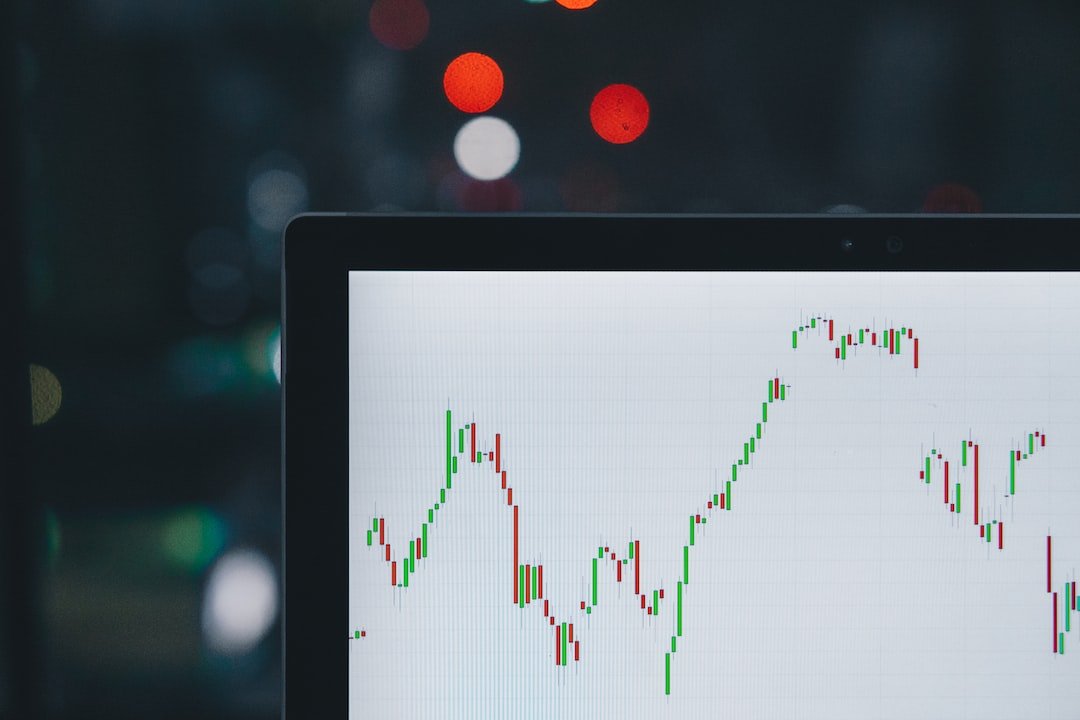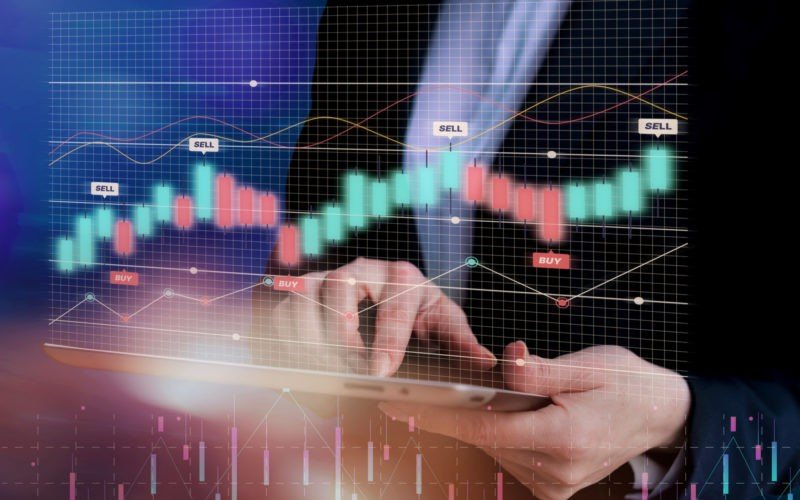The forex, or foreign exchange market, is the most liquid and largest in the world but is equally one of the most complicated. To be able to navigate this landscape, traders use a variety of market indicators. This will help them decipher the movement in currency prices and predict the trends for making informed decisions in trading.
Below, we will outline a few key indicators for forex, how they work, and even how to use them in order to make smarter trading decisions.
Moving Averages: Smoothing Out the Noise
One of the most popular indicators for Forex trading-involves moving averages. They eliminate short-term fluctuations and therefore show more clearly the tendencies of prices. The moving average line is calculated on the average price over a set period, say 20 or 50 days, and really reflects the general direction in which the market is moving.
There exist two major types of moving averages, namely, simple and exponential moving average. The simple moving average is those kinds of techniques that give equal importance to each data point. On the other hand, the exponential moving average is one of those types where more consideration is given to recent data. This hence makes them more responsive to a new alteration in price. In this regard, when prices move above or below these averages, it may indicate a potential buying or selling opportunity.
Relative Strength Index (RSI): Measuring Momentum The RSI is another momentum indicator, representing the speed of movement and range-bound changes between 0 and 100. Traders use the RSI to identify when a currency is overbought or oversold and is likely to change its trend in the opposite direction.
Generally, an RSI above 70 shows that a currency might be overbought and ready for a pullback, while below 30 shows it might be oversold and ready for a bounce. The use of the RSI gives traders the feel of momentum in the market and also helps in guiding them on when to take entry or exit a particular trade.
Bollinger Bands: How to Discover Volatility
What forex traders also use, especially to determine the volatility of the market, is what they call Bollinger Bands. It consists of three lines: the simple moving average is in the middle; the two outer lines, known as the bands, are representing the standard deviations from the average.
Widening bands reflect greater market volatility, and vice versa. Narrowing bands reflect low volatility, and if the price touches the upper or lower band, then it may act as a reversal signal in the direction of overstretching of the market.
Bollinger Bands allow traders to determine entry as well as exit points that are based on market volatility.
MACD: Gauging Market Trend as well as Momentum
Another popular measure for trend following that also uses momentum is the MACD. It’s a cross between the two different moving averages—one using 12-day averaging and one using 26-day averaging—plus a signal line. Their crossovers to the upside indicate potential buy signals; any move to the downside offers some selling opportunity.
The MACD is quite an ideal indicator for trending markets, as it signals to traders when the strength of the trend has reversed. With such a combination of both trend analysis and momentum, the MACD would help in further expanding knowledge of the market directions to which a trader would pay most attention.
Price Level Predictions through Fibonacci Retracement
One of the tools used to establish potential levels of support and resistance is Fibonacci retracement, which is based on the Fibonacci series. Measuring a recent price movement and plotting retracement levels at 23.6%, 38.2%, 50%, and 61.8% will allow traders to anticipate areas where the market may pause or reverse.
For instance, if a currency pair has been in a strong uptrend, traders might expect a pullback to one of these retracement levels before the trend continues. Therefore, Fibonacci retracement is a powerful tool in identifying points where price may react and, in that way, it helps traders time their trades more effectively.
Fundamental Indicators: The Role of Economic Data
While technical ones ground their analysis on the pattern of prices and volume, fundamental indicators follow economic data and news events influencing the currency values. Some really important releases include data on interest rates, GDP growth, inflation rates, and employment numbers; these might turn out to be crucial factors in the determination of economic health, thus causing considerable movements in currencies.
For instance, if the central bank of a particular country increases interest rates, its currency appreciates many times because investors seek higher returns. These indicators are what a forex trader observes because they reveal the large-scale view of market conditions and provide the correct, reasonable forecast for large-scale shifts in currency values.
How to Combine Indicators for a Comprehensive Strategy
Each of these can be strong in its own right, but very often, forex traders will combine them for a single strong overall strategy. For those who want to confirm a signal and reduce the possibility of a false move, using moving averages together with the RSI or pairing the MACD with Bollinger Bands may just do the trick.
It is usually common that traders use one kind of indicator to identify trends and another to determine entry or exit points. A trader may be depending on the moving averages in determining an uptrend and then uses RSI in finding a good entry point when the currency has become oversold. This helps in layered thinking that enables traders to come to a decision from various perspectives, hence being able to prosper in volatile markets.
Challenges and Risks in Using Forex Indicators
While these can provide valuable information, they are not perfect. Sometimes the market turns on a dime, and at times some of the signals go in conflict or give out a wrong reading. A trader must learn to understand the limitations of each tool and not rely on just one indicator when making a trade.
Besides, forex trading in itself is a high-risk business since there is the use of leverage with highly liquid markets. The only good thing is to ensure proper risk management through setting stop-loss levels and not overleveraging. The indicators should be applied within the confines of a strategy that balances technical analysis with proper risk management.
The Future of Forex Trading and Indicators
While new technologies are developing, the forex is also developing. Artificial intelligence and machine learning are starting to play their role in the analysis of market patterns, probably one day yielding even more sophisticated kinds of indicators. Automated trading systems running on the basis of extremely intricate algorithms are also in fashion today because they enable traders to implement certain strategies according to any indicator and not monitor the working process all the time.
Whereas these innovations promise efficiency, human judgment cannot be replaced in interpreting these signals, as financial markets are determined by myriad, usually indistinguishable, variables. The indicators can also be further refined in the future, up to near perfection, but successful trading of the commodity will still lie in an understanding and a trader’s experience.
Basically, forex market indicators are those that one needs for participation in the dynamic and highly competitive market. Moving averages, RSI, Bollinger Bands, and other forms of MACD studies that are employed are meant to enlighten the trader with the appropriate steps he needs to take in an effort to improve the trading model and further enhance his chances of success. Indicators indeed have their beneficial use but should form part of an overall and properly managed trading plan.




